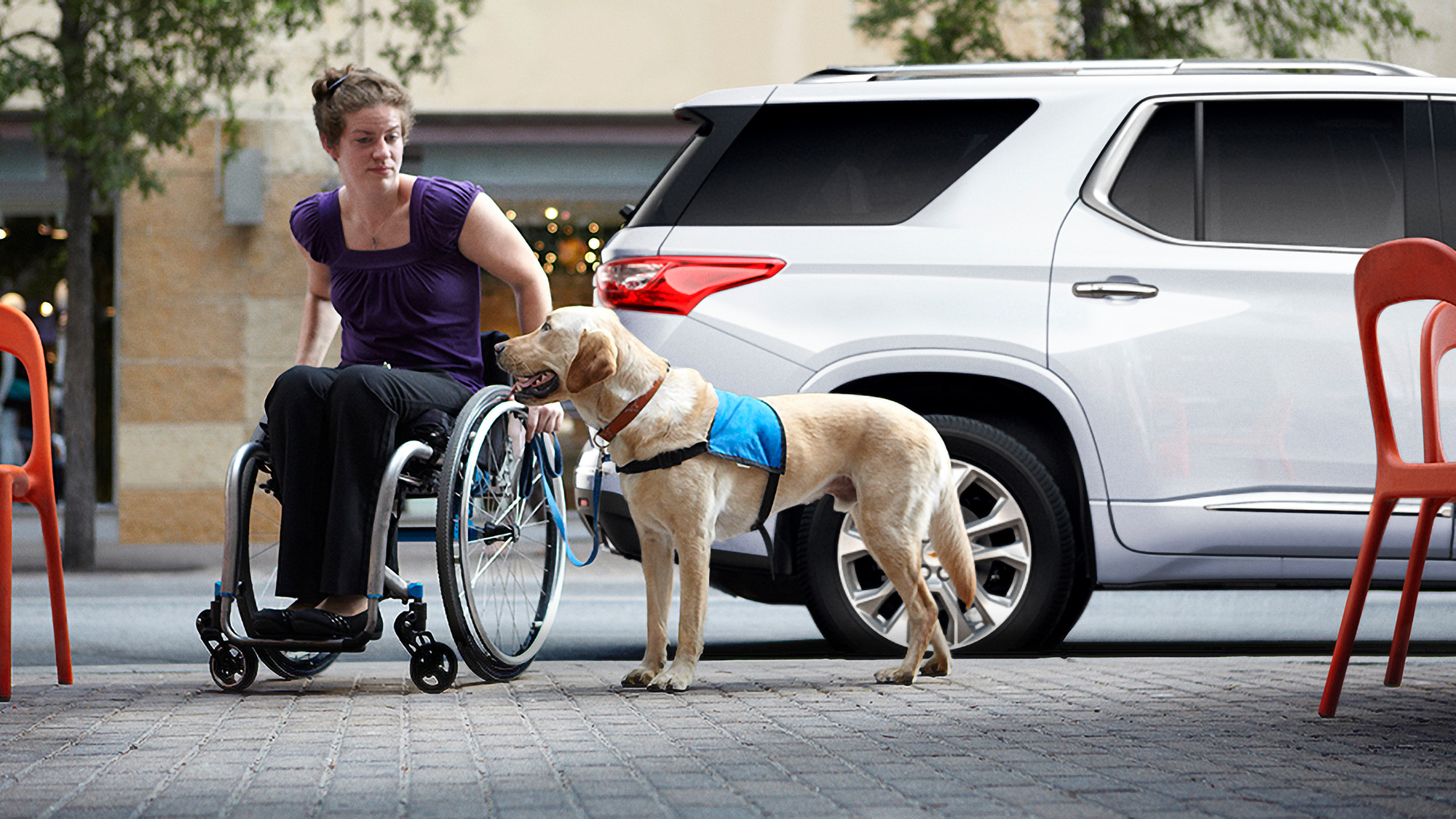

The cruise control function has been around since the late 1950s, allowing drivers to keep a constant speed. Today, this often-standard feature is not just for rolling along while resting your right foot; drivers have learned over time that maintaining speed saves gas, too, and it smooths out the start-and-stop motion of average highway driving.
What’s most remarkable about cruise control is not the system itself, which represented a breakout innovation at the time. This brilliant tech was invented by an engineer who was blind named Ralph Teetor, and it was his tenacity that led to a patent that changed driving as we know it. Cadillac picked up the technology soon after its debut as Speedostat, and rebranded it as cruise control, installing it in its luxury cars as an option.
Today, GM is exploring other inventions for and by people with disabilities. The automaker is building an entire division dedicated to improving mobility for all called the Accessibility Center of Excellence, with benefits for all drivers and passengers.
Here’s what GM is doing in this important field.

Why accessibility matters
A few months back, my 79-year-old dad pulled into a parking space set aside for people with disabilities at a store in Florida. As he got out of the car, my father recalls that a stranger yelled at him using a derogatory term, saying that he probably didn’t even have a disability.
My father held out his artificial arm.
“Shake my hand,” he said dryly.
The nonprofit organization Disability:IN reports that there are about a billion people with disabilities on the planet, and roughly 25 percent of the US population is comprised of people with disabilities. While people might not notice an artificial arm or leg at first, it’s a visual and important clue that someone has a disability. Those with physical challenges as well as hearing loss, limited vision, or other non-apparent disabilities are doing the best they can in a world designed for people not living with disabilities, but there’s always room for improvement, and GM has put that high on its to-do list.
For the past year and a half, as GM’s chief engineer of accessibility, Carrie Morton has been working to make life easier for people who are disabled. With Morton in this role, which the company says is the first of its kind in the automotive sector, GM wants to change the way we think about cars within its Accessibility Center of Excellence.
Before Morton joined GM in 2022, she spent nearly a decade at the University of Michigan as the managing director of Mcity, formerly called the Mobility Transformation Center. The University of Michigan’s Mcity is a public-private partnership focused on transportation issues at the intersection of academia, industry, and government for the benefit of all.
“When we talk about inclusive design, it’s not just for people who use wheelchairs,” she says. “When you design for inclusivity, it helps everyone.”
Color blindness and (way) beyond
Morton and her team are dedicated to researching customer needs and defining what it means to have accessible solutions in vehicles. Currently, the center has about a half dozen spokes, but they reach far and wide, Morton says. Across the company, she works with advanced engineering, user design, policy, marketing, and more. That broader group actively working is nearing 100 people, and there are also weekly accessibility working groups made up of hundreds of people.
For example, consider something most people don’t pay any attention to: the colors on a dashboard. If you know someone with color blindness, you could imagine how challenging it might be to discern one control from another. Morton’s team is working on projects like that one, and she says they’re looking at current technologies like electronic steering and brake-by-wire as new opportunities to help adapt the controls for customer needs.
“We have features like SuperCruise and other active safety features that help our customers with low vision or cognitive decline,” Morton says. “We also have RTT [real-time text] tech for the hearing impaired, and our seats use haptic feedback so if you’re not able to use the audio warning you can still benefit from the feature.” Real-time text appears on a screen in the vehicle.
Focusing on an initiative GM calls “Zero Barriers,” the team at the center makes a priority to hear from all customer types—especially people who might not have been included in the past, like those with both visible and invisible disabilities. That includes “situational disabilities” like a broken bone, eye injury, or mobility issues that are prevalent with aging. Think about how challenging it might be to get in or out of a vehicle with arthritic hips or worn-out knees. GM and Disability:IN are working with people with disabilities to find solutions for these challenges.
One future innovation that could help is full automation.
“My mother had Parkinson’s [disease] and my dad was having trouble with his eyes, so they couldn’t drive anymore; they became very isolated,” says Leslie Wilson, executive vice president of Disability:IN. “Could you imagine if self-driving vehicles had been available?” (GM owns Cruise, a self-driving car company; another prominent autonomous vehicle company is Waymo.)
Then there are the issues of cargo and storage space—analog, yet important, features for people with disabilities, Morton says. Wheelchairs, service animals, and other equipment need space, and her team is working on the integration of those features as well.
“GM is a large company with a lot of diversity and we want to implement that into our vehicles,” she says. “We’re working with the community to serve their needs.”
